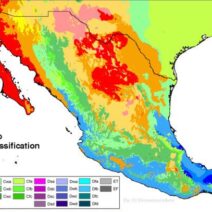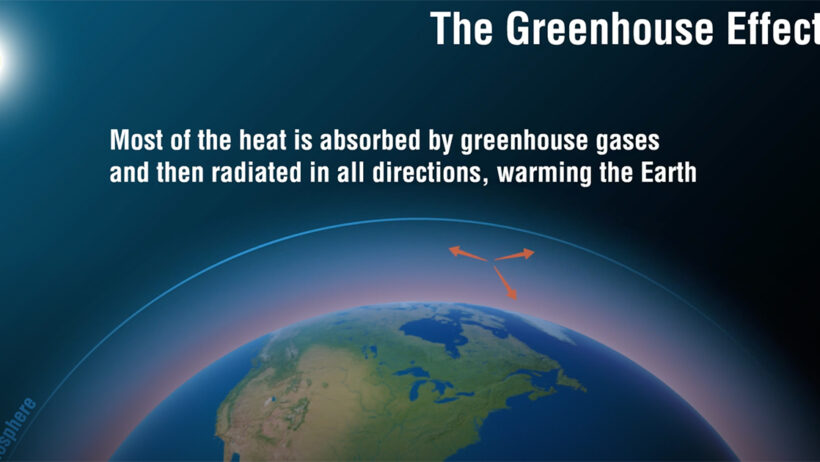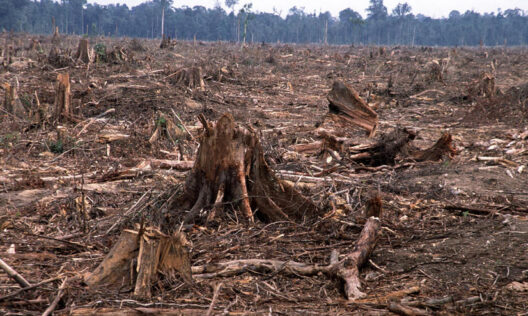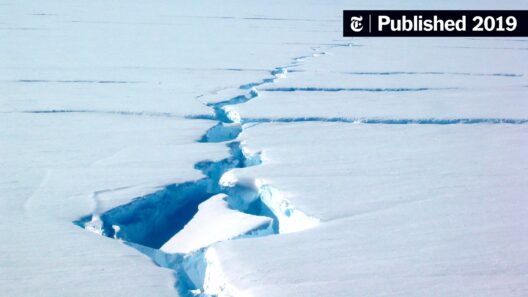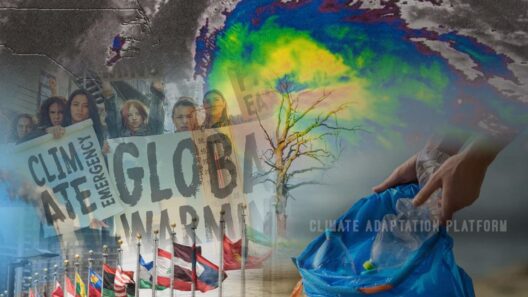Climate change is one of the most pressing challenges of our time, affecting not only our environment but also our societies and economies. Understanding the main causative factors behind climate change is crucial for effective action and mitigation. This exposition endeavors to elucidate the intricate tapestry of elements that fuel climate change, ranging from anthropogenic emissions to natural phenomena.
The greenhouse effect serves as the bedrock concept for understanding climate change. At its core, this phenomenon involves the trapping of heat in the Earth’s atmosphere primarily due to certain gases known as greenhouse gases (GHGs). Let’s dissect the vital elements contributing to this complex equation.
Greenhouse Gases: The Culprits Behind Warming
Among the primary offenders are carbon dioxide (CO2), methane (CH4), and nitrous oxide (N2O). Each of these gases has a crucial role to play in the atmosphere, but their concentrations have escalated dramatically due to human activities. Fossil fuel combustion for energy production stands out as the largest source, releasing enormous quantities of CO2 into the atmosphere.
Deforestation exacerbates the situation as trees, which naturally absorb CO2, are felled for agriculture, logging, or urban development. The loss of these natural carbon sinks not only diminishes our planet’s ability to balance atmospheric carbon but also releases stored carbon when trees are burned or decompose.
Methane, while less abundant than CO2, has a significantly higher global warming potential—over 25 times greater over a century. Agricultural practices, particularly livestock production and rice cultivation, contribute majorly to methane emissions. The anaerobic decomposition of organic waste in landfills further adds to the atmospheric burden.
Lastly, nitrous oxide emanates from agricultural fertilizers and industrial processes. Though it constitutes a smaller proportion of GHG emissions, its impact is profound, emphasizing the multifaceted nature of climatic disruptions.
Natural Factors: The Earth’s Own Contributions
While human-induced factors dominate the current discourse, natural contributors to climate variability are equally significant. Solar radiation, volcanic eruptions, and natural climatic cycles play pivotal roles. The sun’s output can fluctuate, affecting the Earth’s energy balance. Increased solar irradiance can lead to temporary warming periods, while decreased irradiance may induce cooling.
Volcanic eruptions can usher in rapid climatic changes as well. The particulate matter and sulfur gases emitted during eruptions can block sunlight from reaching the Earth’s surface, resulting in temporary cooling. However, the greenhouse gases released during certain eruptions can have lingering warming effects. This duality showcases the complex interplay of natural phenomena with anthropogenic influences.
Moreover, the El Niño and La Niña phenomena—oscillations in oceanic and atmospheric conditions—affect global weather patterns, often bringing about spectrums of climatic anomalies ranging from droughts to floods. These natural variations underscore the fluidity of our climate system, influenced by both inherent and external forces.
Urbanization: The Growing Footprint
The rush towards urbanization has contributed to climate change in multifarious ways. Rapid city expansion often leads to the “urban heat island” effect, where metropolitan areas become significantly warmer than their rural surroundings due to human activities and landscape alterations. Concrete, asphalt, and a lack of vegetation trap heat, leading to increased energy consumption for cooling.
Urban environments are also hotspots for pollution. Transportation, industrial activity, and residential energy use contribute to elevated emissions. Concentrated populations often lead to increased waste generation, impacting local ecosystems and amplifying greenhouse gas production.
Sustainable urban planning and green architecture are vital to alleviating these impacts. Incorporating renewable energy sources, enhancing public transport systems, and promoting green spaces can collectively mitigate urban contributions to climate change, creating a symbiotic relationship between humanity and the environment.
Climate Change and Oceanic Systems
Oceans, the largest carbon sinks on Earth, are at the frontline of the climate change battleground. They absorb approximately a quarter of the carbon dioxide emissions, resulting in ocean acidification. The implications for marine life are dire. Coral reefs, often termed the “rainforests of the sea,” suffer from bleaching events as water temperatures rise and acidity increases, endangering biodiversity.
Additionally, rising sea temperatures disrupt marine ecosystems and affect fisheries, which are integral to global food systems. The cascading effects of these changes can destabilize communities reliant on marine resources, further entwining climate change with social and economic ramifications.
Rethinking our Strategies: The Call to Action
Addressing the multifaceted drivers of climate change necessitates a comprehensive approach that transcends individual actions. Policymakers, businesses, and communities must collaborate to implement sustainable practices. Transitioning to renewable energy sources, enhancing energy efficiency, and prioritizing conservation efforts are imperative steps.
Education and awareness are critical. By fostering a culture of sustainability and responsibility, individuals can contribute meaningfully to the collective effort in combatting climate change. Every small step counts in the larger narrative of restoration and resilience.
In conclusion, climate change is an intricate phenomenon stemming from a tapestry of interwoven natural and anthropogenic factors. Understanding these drivers is paramount to charting a course towards a sustainable future. Only through concerted global efforts can we hope to curtail the adverse effects of climate change that threaten our planet and its inhabitants.

